Hidden Identity of Women in Church and Society
This book meticulously addresses the issue of `Feminist/Womanist Identities' and `Biblical Hermeneutics'; and there mutual impact on each other. The author picks up constructed identity of two women in the biblical narrative, to analyse it from the prism of women's identity formation, which in this case is a pure patriarchal construction. The story of the book of Esther is: the `vamp' - Vashti, versus the `ideal' - Esther. The book of Esther is a vivid reflection of the inter-play of the dominant patriarchal ideology that was and is prevalent in every society. Such biblical texts have been often `misused' for enforcing inferior and submissive roles to women both in the society and church. However, a re-reading of the biblical accounts from the feminist/womanist perspective helps in uncovering the different roles and contributions women have made in the Bible, which will empower the women today to break away from the clutches of patriarchal oppressions.
The book is a humble attempt to understand the story of the Vashti and Esther in the Book of Esther, without any `patriarchal' bias; to bring forward the true identity of Vashti and Esther; and to seek in depth the contribution of women in terms of the various roles they played in the society of their own times; and subsequently, to examine how these reinterpretations will enable a broader understanding of women in the society today.
Contents: Introduction. 1. Feminist reading of the bible. 2. The historical, political and social background of the book of Esther. 3. The search for the hidden identity of Vashti and Esther : an exegetical study. 4. Socio-cultural constructions of women's body : its implications for re-reading the identity of Vashti and Esther in today's context. Conclusion. Bibliography.
Get it now and save 10%
BECOME A MEMBER

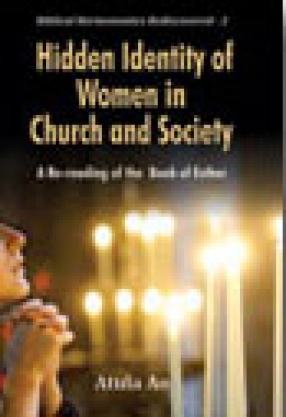
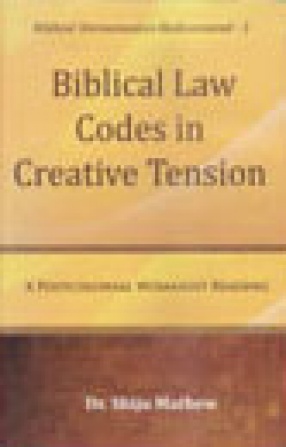
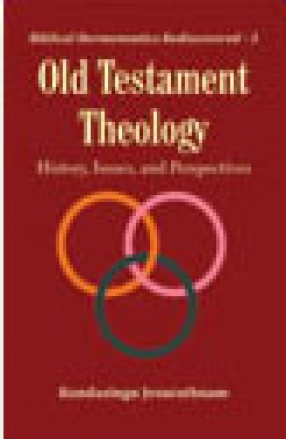
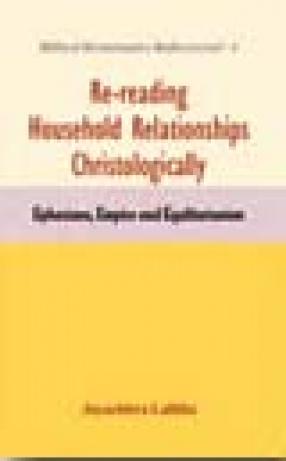
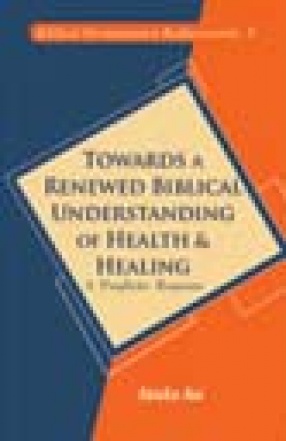

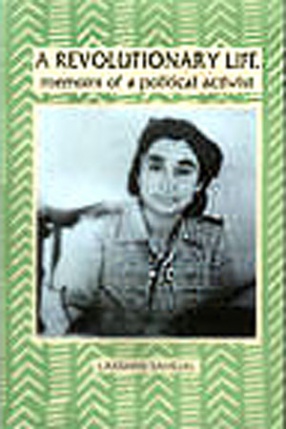

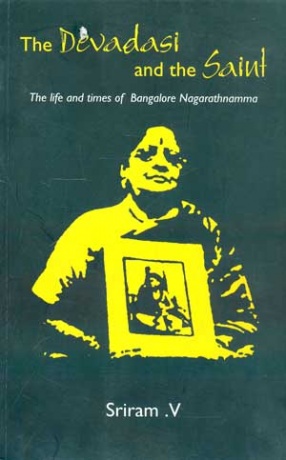

Bibliographic information